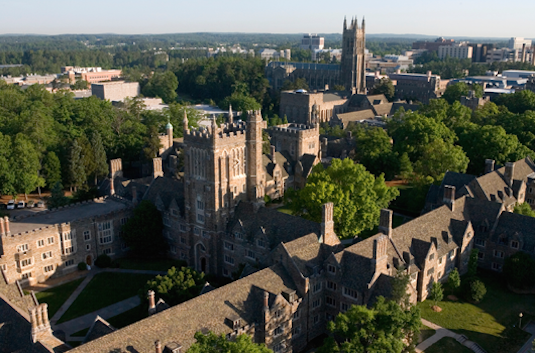A Shared Neural Substrate for Diverse General Anesthetics and Sleep

Ever since the initial discovery of general anesthetics almost 170 years ago, how general anesthesia (GA) induces loss of consciousness remains a century-long mystery. In addition, whether diverse anesthetic drugs and sleep share a common neural pathway is hotly debated and largely unknown. Previous studies have established that many GA drugs inhibit neural activity through targeting GABA receptors. Here, by using Fos staining, ex vivo brain slice recording, and eventually in vivo multichannel extracellular electrophysiology, we discovered a core ensemble of hypothalamic neurons in and near the supraoptic nucleus, consisting primarily of peptidergic neuroendocrine cells, which are surprisingly and persistently activated by multiple classes of GA drugs. Strikingly, chemogenetic or optogenetic stimulation of these anesthesia-activated neurons (AANs) strongly potentiated slow-wave sleep and prolonged GA, whereas conditional ablation through diphtheria toxin receptor strategy or inhibition of AANs with optogenetics led to reduced slow-wave oscillation in the brain, significant loss of slow-wave and rapid-eye movement sleep, and shortened durations under GA. Together, these findings identify a previously unknown common neural substrate underlying diverse GA drugs and natural sleep, and further illustrate a crucial role of the neuroendocrine system in regulating global brain states.






